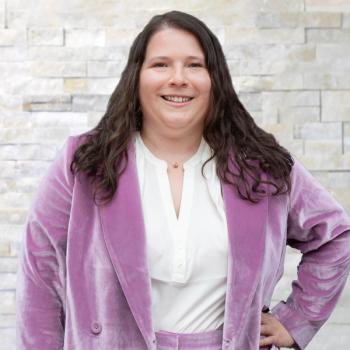
Advancing the Use of NIR Spectroscopy in Combination with Clinical MRI
Engineers from the Thayer School of Engineering at Dartmouth (Hanover, New Hampshire) and radiologists are developing new approaches for an emerging technique in diagnostic imaging for breast cancer-MRI with near ?infrared spectroscopy (IIRS) as reported in the February issue of the journal Academic Radiology.
Engineers from the Thayer School of Engineering at Dartmouth (Hanover, New Hampshire) and radiologists are developing new approaches for an emerging technique in diagnostic imaging for breast cancer-MRI with near –infrared spectroscopy (IIRS) as reported in the February issue of the journal Academic Radiology.
Combined MRI¬–NIRS may benefit women whose mammograms showed an abnormality and require further testing to rule out cancer. The test would be conducted before an invasive biopsy to look for tumors. For the new method to work successfully in routine patient care, MRI–NIRS must adapt to an individual’s body size as well as accommodate a range of cup sizes. The equipment must also mobilize and maintain contact with the breast.
MRI–NIRS testing may offer specific advantages to women with dense breasts, who are more likely to develop and die from breast cancer. A dense breast is harder for a radiologist to “see through” when using traditional imaging equipment, which reportedly lacks the sensitivity to penetrate the dense tissue. Standard breast screening is effective 77-97 percent of the time in a normal breast, but precision falls to 63-89 percent when a breast is dense.
Newsletter
Get essential updates on the latest spectroscopy technologies, regulatory standards, and best practices—subscribe today to Spectroscopy.



